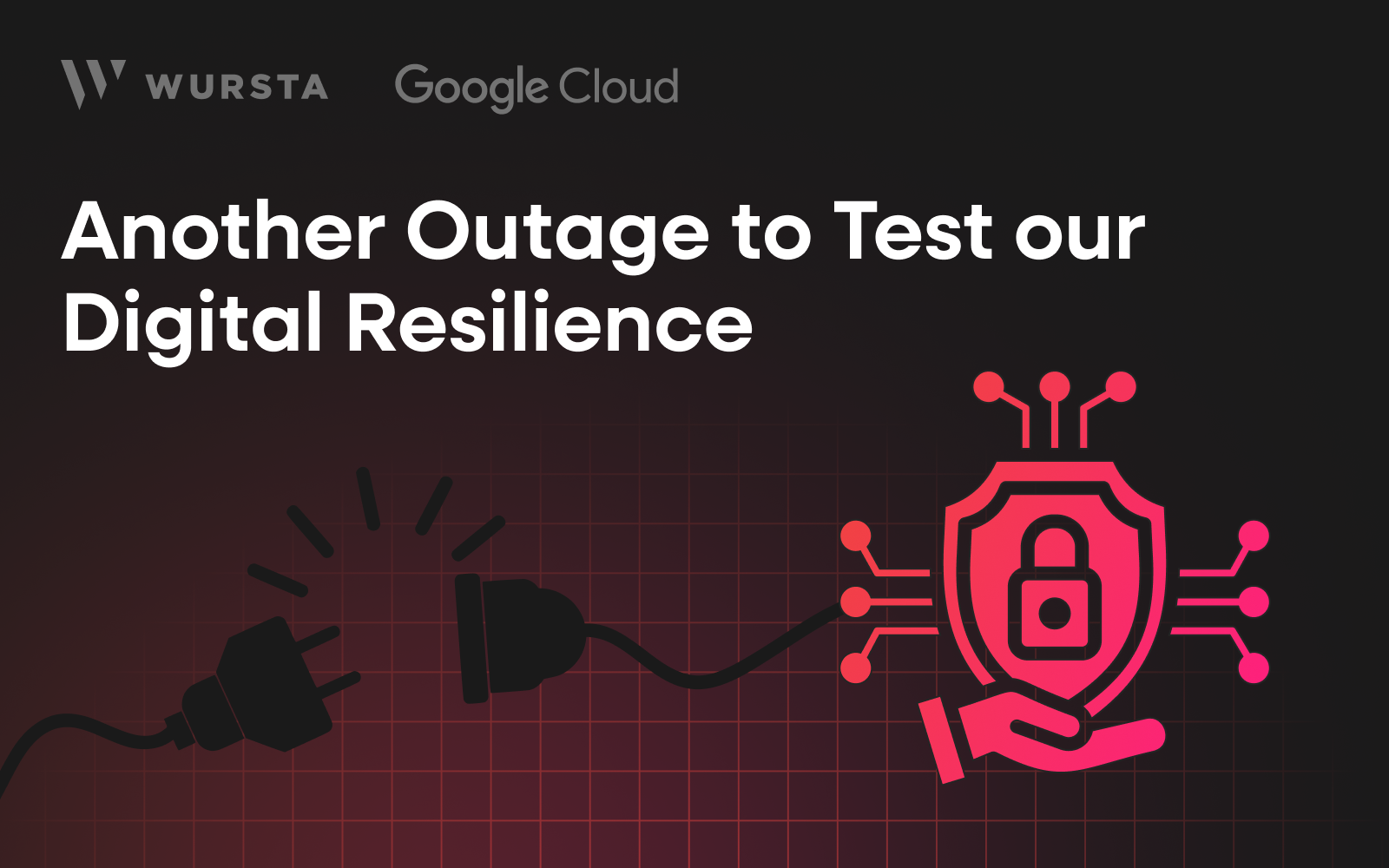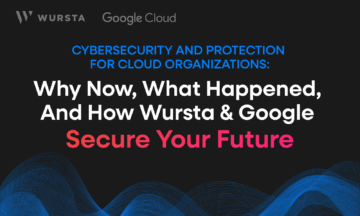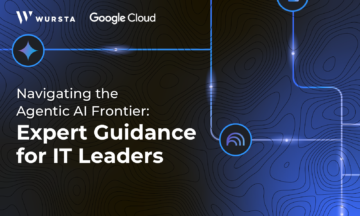Another Outage to Test our Digital Resilience

Recent disruptions at AWS, Microsoft Azure, and Cloudflare have clearly demonstrated that outages can cascade through the digital ecosystem, leaving even the best-prepared organizations scrambling to maintain business continuity. Against this backdrop, networking giants like Cisco and other vendors face an escalating challenge: predicting and hardening systems against outages, security breaches, and sophisticated attacks that threaten to upend routine operations across public clouds. Navigating these risks requires both technical resilience and strategic oversight—a challenge many firms find daunting, especially as dependencies multiply.
Why Outages Are Inevitable—and Increasingly Complex
Whether due to infrastructure failure, configuration errors, software bugs, or large-scale cyberattacks, outages in cloud giants have become newsworthy events affecting millions globally. Every major provider—Cloudflare, AWS, Microsoft—has had incidents in the past year that disrupted authentication, hosting, CDN, or core app integrations. For businesses, the stakes are high: lost revenue, reputation damage, and often an uncomfortable sprint to restore service, communicate with customers, and review incident response playbooks.
Unlike on-premises infrastructures that might have predictable, physical weak points, the intricate web of cloud dependencies means a fault in one service or region can send shockwaves miles away, impacting seemingly unrelated workloads. Cisco and other networking leaders invest heavily in monitoring, automated failover, network segmentation, and end-to-end security analytics—but no solution is absolute.
“For businesses, the stakes are high: lost revenue, reputation damage, and often an uncomfortable sprint to restore service, communicate with customers, and review incident response playbooks.”
The Human Element: Strategy, Process, and Third-Party Expertise
While robust architecture is critical, organizations increasingly recognize a need for seasoned guidance: expertise in risk assessment, security planning, governance, and disaster readiness. This intersection between technology and policy is where vCISO (Virtual Chief Information Security Officer) services matter most.
A vCISO does not just orchestrate security operations; the service provides ongoing threat intelligence, security monitoring, incident response coordination, regulatory compliance support, and even executive-level strategy without the overhead of a full-time executive hire. For example, Wursta’s vCISO supplements internal teams with external knowledge, tailored controls, and best practices—from multi-cloud posture management to rapid breach response and regulatory audit prep.
Building Best-in-Class Resilience with Multi-Vendor Strategies
Cloud-native resilience is rooted in combining multiple best-in-class vendors—employing strategies such as multi-cloud, multi-region, hybrid architectures, and layered security controls. With guidance from vCISO services:
- Businesses can better understand how cloud providers differ and where overlap exists for redundancy (ex: pairing Google DNS and Cloudflare DNS for continuous domain resolution).
- Updating security policies and incident response plans is coordinated, routinely reviewed, and aligned with current threats, minimizing downtime from attacks or outages.
- Continuous monitoring and communication from dedicated experts reduces “mean time to recovery” and builds confidence in risk-aware cloud operations.
This approach does not mean giving up control—rather, it leverages outside experience in tandem with on-premises or internal security teams. The goal: proactively anticipate, rapidly identify, and swiftly remediate issues before they become business crises.
Conclusion: A Proactive, Collaborative Path Forward
In today’s interconnected cloud landscape, every organization faces some exposure to outages and attacks—even the most headline-wary providers are not immune. The truly resilient combine careful architecture with vigilant strategy, regularly review their blind spots, and invite external expertise where it adds perspective, not just headcount.
Virtual CISO services, like Wursta’s, represent an adaptable and collaborative way to fortify defenses, coordinate response, and ensure business continuity—without the pressure to overhaul your entire security operation or discard trusted tools. As outages and threats grow more sophisticated, having an experienced partner for risk management is not just prudent; it’s essential for keeping pace with tomorrow’s digital demands.



